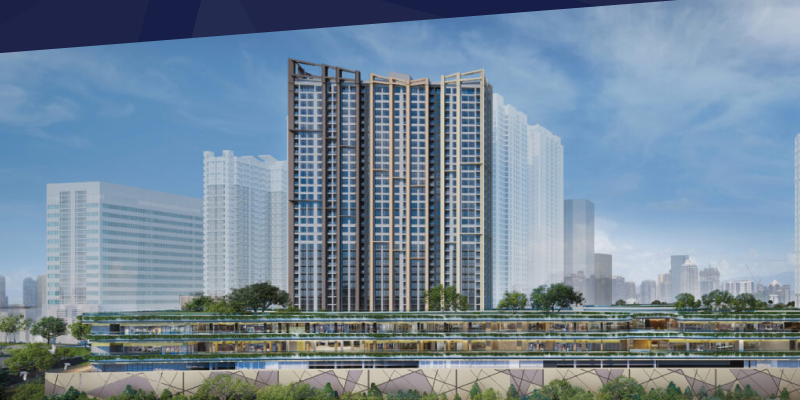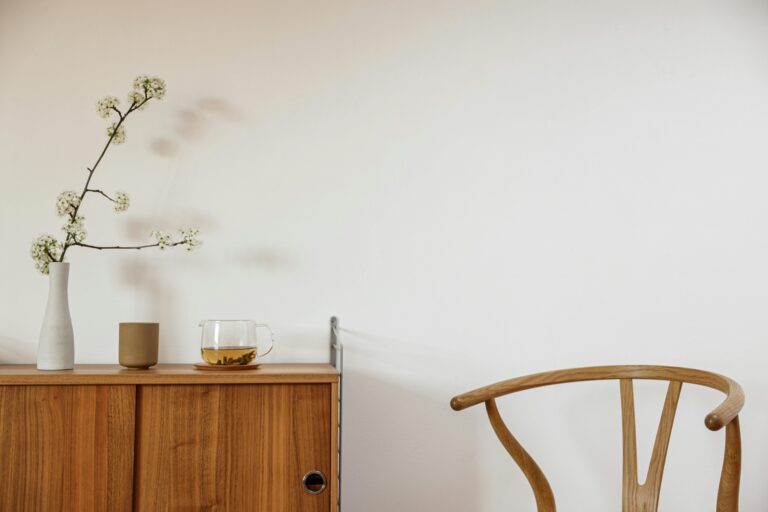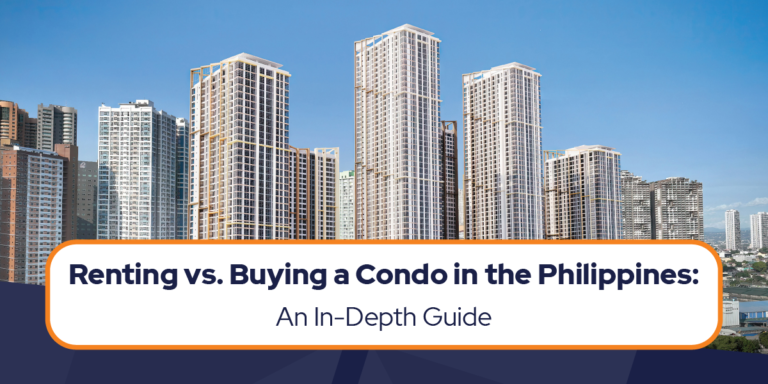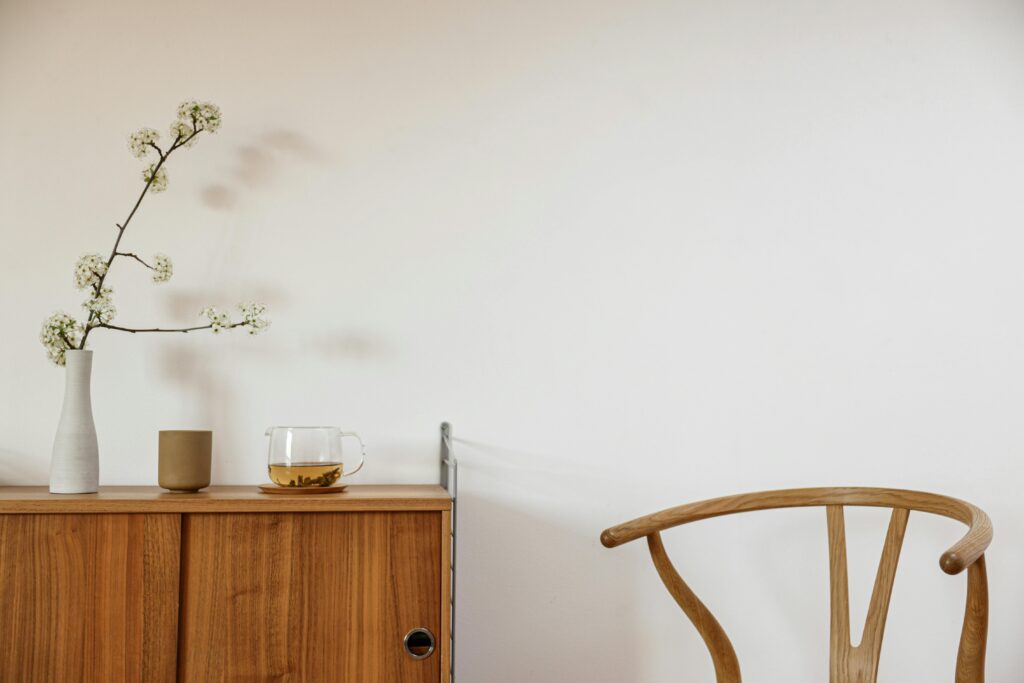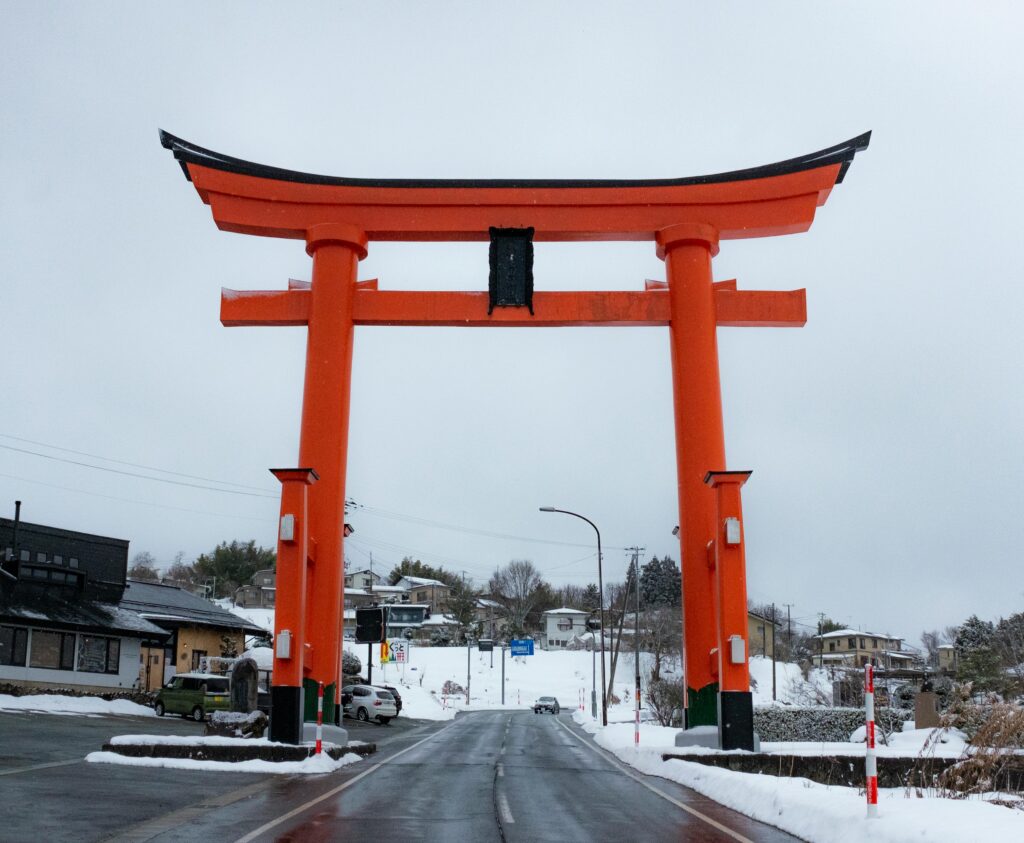Although purchasing real estate is thrilling, it can also be intimidating, particularly for foreign investors and first-time purchasers. Challenges include understanding legal requirements, handling paperwork, and finding trustworthy professionals. Navigating property taxes and ownership transfers adds further complexity, making expert guidance essential.
That’s where this guide comes in. It’s a clear, visual, step-by-step roadmap of how to buy property in the Philippines. This guide will walk you through every stage, whether you’re just starting your research or preparing to finalize a purchase.
You’ll gain the confidence and knowledge to turn your dream of owning a residential house in the Philippines into a reality!

Step 1: Research and Find Residential Property in the Philippines
Start by looking for properties through these five proven ways in order of reliability. As you browse, keep in mind your budget, needs, and future goals.
1. Direct developer websites
If you’re considering new developments, visiting the official websites of property developers is a smart move. These websites showcase exclusive offers, pre-selling condo and house deals, and updates about upcoming projects. You get reliable information and can even contact sales representatives for details by going directly to the source.
2. Property fairs and exhibitions
Property fairs and exhibitions like the Philippine Property Expo bring multiple developers and sellers under one roof. These events allow you to compare deals, ask questions directly, and even negotiate discounts. It’s a great opportunity to explore a variety of options within a short amount of time.
3. Real estate websites
Online property platforms like Lamudi, Property24, and ZipMatch simplify your search by offering filters for location, price, and property type. These sites provide photos, virtual tours, and contact details, allowing you to explore options conveniently from home.
4. Licensed real estate brokers
A licensed broker can streamline your search by providing curated property options, including exclusive listings not publicly advertised. They also offer expert guidance on legal and procedural requirements, making the buying process smoother and more efficient.
5. Social media groups
Social media has become a go-to tool for property buyers. Platforms like Facebook have groups dedicated to Philippine real estate, where sellers and brokers post listings. These groups often feature direct-to-owner properties, which could mean better prices and less hassle. However, you should always verify listings to avoid scams.
Step 2: Secure Financing and Prepare Required Documents
With a better idea of what your desired property will cost, now’s the time to consider your budget and explore financing options.
1. Bank financing
Bank loans are perhaps the most popular choice for property buyers because they offer competitive interest rates and flexible repayment terms. However, banks have strict eligibility criteria, including high credit scores, stable employment, and substantial down payments.
This option works best for those with a strong credit history and the ability to provide comprehensive documentation.
2. Pag-IBIG housing loans
Pag-IBIG Fund provides an affordable financing option for Filipino citizens and eligible members, with lower interest rates than most banks. They are especially appealing to first-time homebuyers and middle-income earners.
With relatively flexible requirements, Pag-IBIG helps many Filipinos achieve homeownership without the hefty costs of traditional bank loans.
3. In-house financing
In-house financing is offered directly by property developers and is often easier to qualify for compared to bank loans. The trade-off, however, is that it typically comes with higher interest rates and shorter repayment conditions. This option is ideal for those who don’t meet strict bank requirements or need quick approval.
4. Cash payment
Buying a property with cash eliminates loan payments and interest, allowing for immediate full ownership. While it requires significant savings, this option avoids long-term debt and is increasingly popular, particularly as interest rates rise. It’s a sound choice for buyers who can afford it.
Letter of Intent (LOI)
The property-buying process requires several key documents. First, the Letter of Intent (LOI) formalizes your interest in a specific property and outlines basic terms. Submit this document to the owner and/or those representing the property. While not legally binding, this document signals to the seller that you are a serious buyer.
Step 3: Reserve the Property
The next step is to reserve the property while you finalize your paperwork and finances.
This process involves paying a reservation fee, which typically ranges from PHP 20,000 to PHP 100,000, depending on the property’s value. While the fee is non-refundable, it is deducted from the total purchase price.
Along with the payment, you will sign a Reservation Agreement that outlines the terms of the purchase, the payment schedule, and deadlines. This agreement ensures the property is held for you while you complete financing and due diligence.
Step 4: Accomplish Financing and Conduct Due Diligence
With your property reserved, the next step is to complete the financing process. Submit all required documents to your bank or Pag-IBIG and coordinate closely with your lender, as approval times may vary.
Before proceeding with a purchase, you must do your due diligence to check that the property is free from legal issues. Request a Certified True Copy of the Title from the Registry of Deeds to confirm ownership and verify that there are no encumbrances or disputes. Additionally, check if the property has updated tax payments to avoid inheriting unpaid liabilities.
Taking these steps ensures your investment is secure.
Note for foreign buyers
Foreigners cannot own land in the Philippines but can purchase condominium units, provided foreign ownership in the building does not exceed 40%. For land ownership, options include entering a joint venture with a Filipino citizen or entering a long-term lease, which can last up to 50 years and be renewed for an additional 25 years.
Step 5: Finalize the Purchase and Transfer Ownership
The last step in buying a property is confirming your ownership.
Start by signing the Deed of Absolute Sale, which formally gives you ownership of the property from the seller.
Next, settle taxes and fees, including the following:
- Documentary Stamp Tax (1.5% of the purchase price)
- Transfer Tax (usually 0.5% to 0.75%)
- Registration fees.
Rates may vary depending on the local government office.
Once these payments are completed, submit the Deed of Sale, proof of payment, and other necessary documents to the Registry of Deeds to officially register the property in your name. This final step solidifies your legal ownership.
Step 6: Move in and Settle into Your New Home
You may be chomping at the bit to move into your new property, but this process can come with its own headaches. Here are some practical tips to make moving into your new house easy and stress-free.
1. Connect with the homeowners’ association
Urban living now includes a homeowners’ association and its rules and restrictions. If your new property is in a subdivision or condominium, these rules might consist of guidelines on renovations, parking, and community amenities. Comprehending and following these guidelines will help you integrate smoothly into your new community.
2. Inspect your new home
Before settling in, thoroughly inspect your new property to ensure it meets expectations. Check for any defects, such as faulty wiring, leaks, or structural issues, and address them immediately with the developer or seller. A thorough inspection ensures you move into a safe and well-maintained space.
3. Secure your home
Ensure your new home is secure by installing sturdy locks on doors and windows, setting up a security system, and addressing any potential vulnerabilities. You’ll feel more at ease as you settle in if you put safety first.
4. Set up essential utilities
Arrange for the installation of essential utilities like electricity, water, and internet before moving day. Contact the respective service providers early to avoid delays. Having utilities ready when you move in ensures a smooth and hassle-free transition.
5. Plan your move-in day
Organize your move-in day to avoid unnecessary stress. Pack your belongings in labeled boxes for easy unpacking, and hire reliable movers or arrange transportation in advance. A well-planned move saves time and ensures your belongings arrive safely.
Ready to Make the Move?
With the correct information and planning, purchasing real estate in the Philippines can be a fulfilling experience. From researching the perfect property to securing financing, understanding legal requirements, and moving in, each step is important in the process.
Stay informed, work with trusted professionals, and keep your goals in mind throughout.
At FNG, we’re here to help you every step of the way. Regardless of your level of experience, we offer quality properties inspired by Japanese architecture and expert guidance to ensure a smart, satisfying investment. With over 50 years of combined experience, we’re committed to developing the perfect home for you.
Contact us today to learn more about our latest projects, including lots for sale in Cavite at Yume at Riverpark and a Mandaluyong condo at The Observatory!
